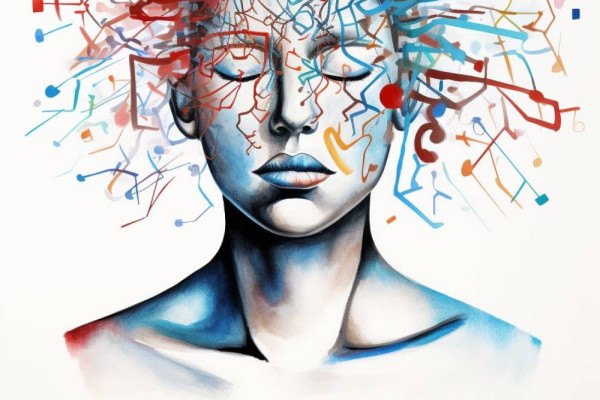Art has long been regarded as a mirror to the human soul, a medium through which we express our deepest thoughts, emotions, and aspirations. Yet, beyond its aesthetic appeal, art holds a profound significance in the realm of psychology, serving as a powerful tool for self-expression, healing, and exploration of the human psyche. In this article, we delve into the fascinating world of art psychology, unraveling its complexities, therapeutic potential, and transformative impact on individuals and communities.
Art psychology, also known as art therapy or expressive arts therapy, is a dynamic field that explores the intersection of art and psychology, harnessing the creative process as a means of promoting mental health, self-awareness, and emotional well-being. It's like delving into a kaleidoscope of colors, shapes, and textures, each stroke of the brush or movement of the hand revealing layers of meaning and insight into the inner workings of the mind.
Central to the practice of art psychology is the belief in the power of the creative process to facilitate healing and personal growth. It's like tapping into the wellspring of imagination and intuition, bypassing the limitations of language to access deeper layers of emotion and experience. Through painting, drawing, sculpting, or other forms of artistic expression, individuals can externalize their thoughts and feelings, gain perspective on their experiences, and develop new insights into themselves and their relationships.
Moreover, art psychology emphasizes the therapeutic benefits of engaging in the creative process, regardless of artistic skill or experience. It's like creating a safe and supportive space for individuals to explore their inner world, free from judgment or expectation. Through art therapy sessions, individuals are encouraged to express themselves freely, experiment with different mediums and techniques, and tap into their innate creativity as a means of self-discovery and healing.
In addition, art psychology recognizes the role of symbolism and metaphor in the creative process, allowing individuals to communicate complex emotions and experiences in nonverbal ways. It's like unraveling the threads of a tapestry, each image or symbol representing a fragment of the individual's inner landscape. By exploring the imagery and symbolism present in their artwork, individuals can gain insight into unconscious thoughts and feelings, uncovering hidden patterns and themes that may be influencing their behavior and relationships.
Furthermore, art psychology extends beyond individual therapy sessions to encompass community-based initiatives and social interventions. It's like harnessing the collective power of creativity to promote social change and foster a sense of connection and belonging. From public art projects and community murals to group art workshops and creative arts therapies, art psychology offers diverse opportunities for individuals to come together, express themselves, and create positive change in their communities.
In conclusion, art psychology offers a rich and multifaceted approach to promoting mental health, self-awareness, and emotional well-being. By harnessing the transformative power of the creative process, individuals can explore their inner world, heal from past traumas, and develop new ways of coping with life's challenges. Through art therapy, expressive arts interventions, and community-based initiatives, art psychology empowers individuals to tap into their innate creativity, forge deeper connections with others, and embark on a journey of self-discovery and growth.
 PsychoRoom
PsychoRoom
